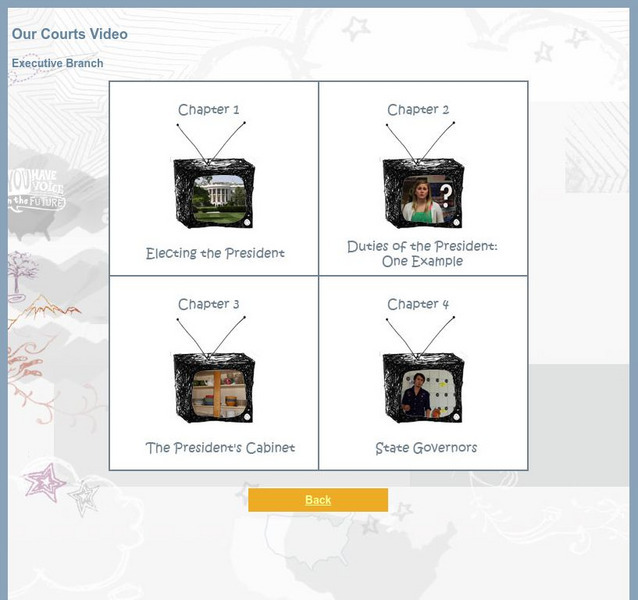Center For Civic Education
60 Second Civics: His Highness the President
The new government of the United States had to get organized. Congress once debated addressing the chief executive as "His Highness, the President." Find out why they changed their minds on today's episode. [58 secs.]
Center For Civic Education
60 Second Civics: The First Executive Departments
What were the first three executive departments in the new government of the United States? Find out in this episode. [52 secs.]
Center For Civic Education
60 Second Civics: The First Cabinet
Thomas Jefferson, Alexander Hamilton, and Henry Knox: These were the first three secretaries of the first executive departments. [1 min.]
Center For Civic Education
60 Second Civics: The Expanding Executive Branch
When Jefferson was president, about 2,000 people worked for the executive branch; today, that number is about 3 million. Does the growth of the government adhere to the rules set forth in the Constitution? [1 min. 3 secs.]
Center For Civic Education
60 Second Civics: Organizing Us Gov. Pt. 6: Expanding Executive Branch
When Jefferson was president, about 2,000 people worked for the executive branch; today, that number is about 3 million. This episode originally aired in May 2012.
Center For Civic Education
60 Second Civics: Role of President Pt. 23: The Energetic Executive in Practice
Explains reasons executive authority has grown substantially over time.
Center For Civic Education
60 Second Civics: Episode 312: Problems With a Weak Executive
Colonial Americans preferred a weak executive, but at what cost?
Crash Course
Crash Course Government and Politics #17: Controlling Bureaucracies
Crash Course video in which host Craig Benzine teaches us about how the government branches manage the power of the bureaucracies they've created. [7:24]
Crash Course
Crash Course Government and Politics #11: Presidential Power
Crash Course video with host, Craig Benzine, discusses the expressed Presidential Powers named in the Constitution including appointing judges, vetoing laws, and granting pardons. [6:29]
Crash Course
Crash Course Government and Politics #14: How Presidents Govern
Crash Course video on Government and Politics examines how presidents govern, including strategies they use to make things happen. [9:22]
Crash Course
Crash Course Government and Politics #12: Presidential Power 2
Video episode 2 of Crash Course Government and Politics in which Craig discusses the implied powers of the president not written in the Constitution, such as claiming executive privilege or introduce legislation. [7:53]
Crash Course
Crash Course Government and Politics #15: Bureaucracy Basics
Crash Course Government and Politics video in which Craig introduces us to the intentions and practices of government bureaucracy, discussing the advantages and disadvantages in our political system. [6:58]
Crash Course
Crash Course Government and Politics #16: Types of Bureaucracies
Crash Course video in which Craig discusses the types of Government Bureaucracies. [5:57]
Other
Epipheo: How Much Power Does the President Really Have?
George Edwards, a professor of political science, explains the limits of the president's power. A president's promises on the campaign trail often get deflated after they get into office because they have to contend with congress. [4:02]
Arizona State University
Arizona State University: College of Law: Executive Branch Videos
Video collection divided into four chapters designed to teach students about the federal executive branch of government, the presidency, the cabinet, and state governors.








